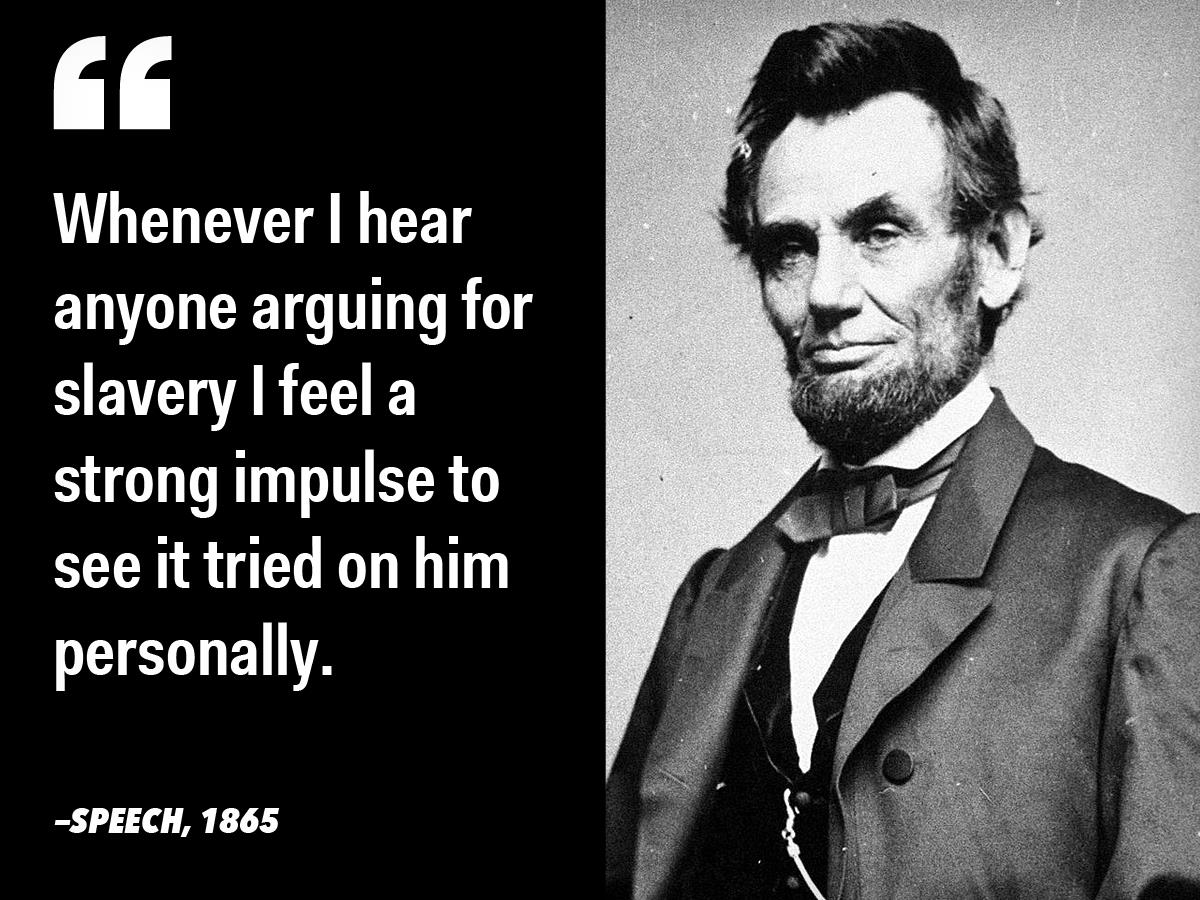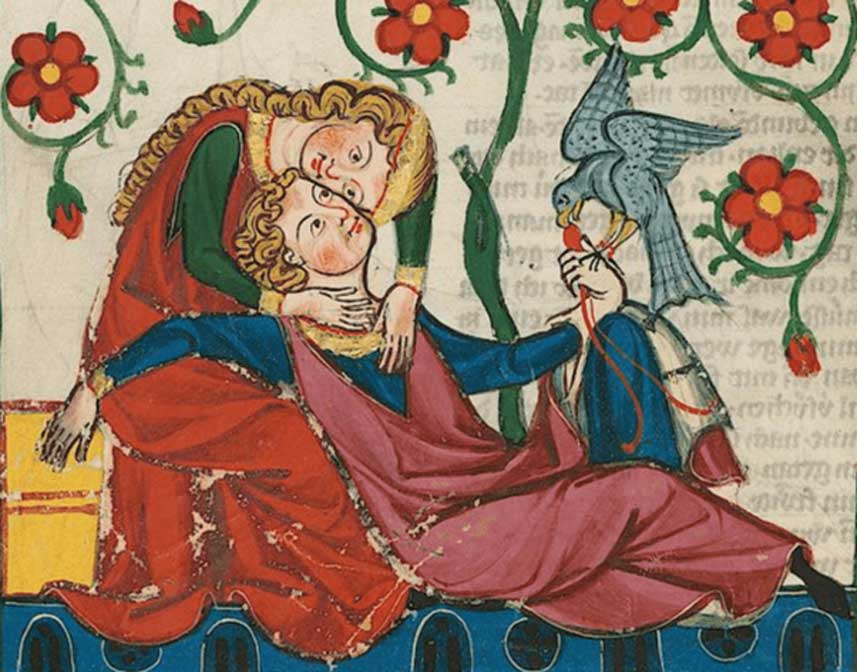Blog

NGC 7380, also known as the Wizard Nebula, is an open star cluster located in the constellation Cepheus, approximately 7,200 light-years from Earth. It is surrounded by an emission nebula, formed by gas ionized by the hot, young stars in the cluster. This cluster is relatively young, with stars only a few million years old. NGC 7380 is a popular target for amateur astronomers due to its fascinating structure and visibility with modest telescopes. The nebula resembles a wizard pointing a wand, hence its evocative name.
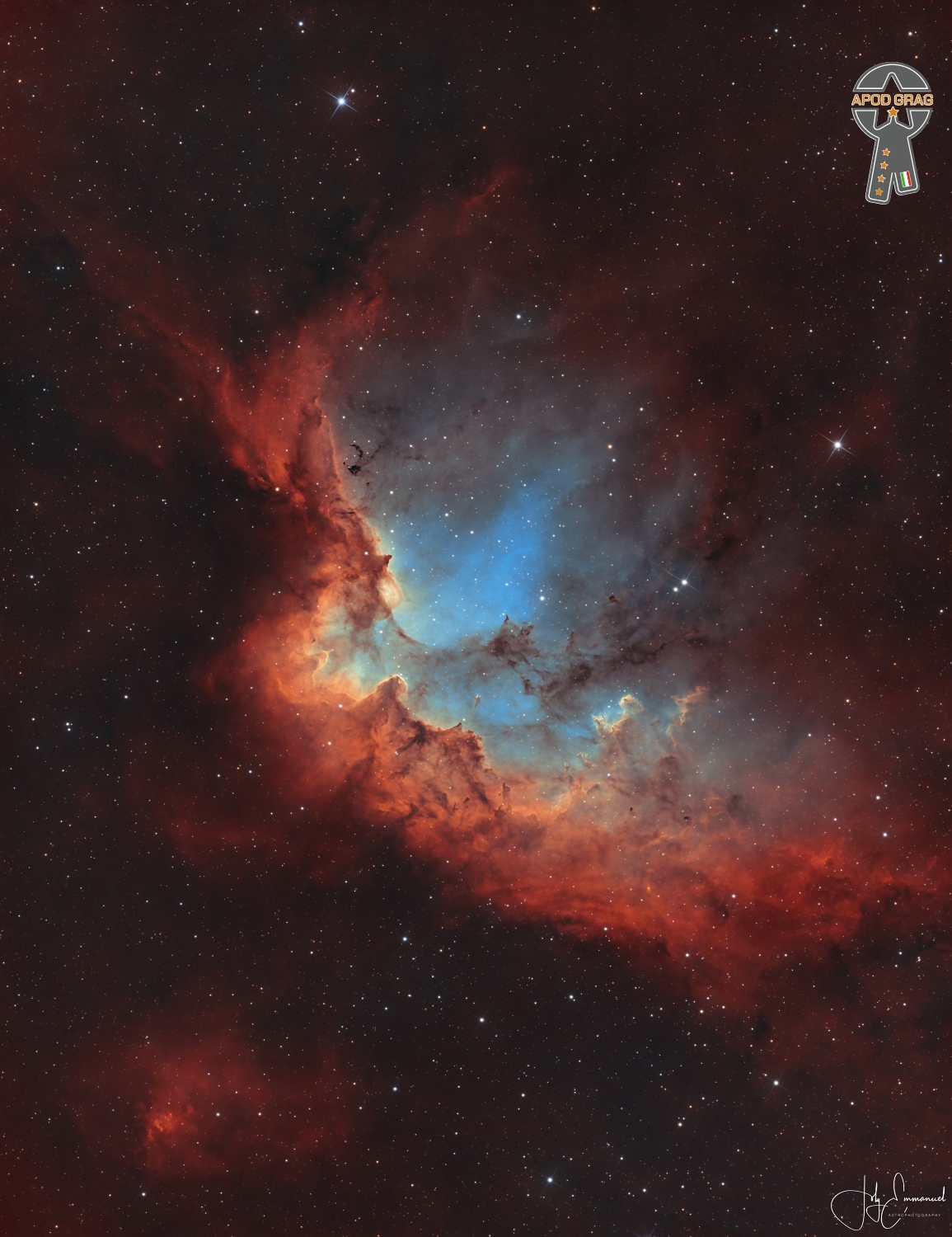
Otis Blackwell (February 16, 1931 – May 6, 2002) was an American songwriter whose work influenced rock and roll. His compositions include “Fever” (recorded by Little Willie John), “Great Balls of Fire” and “Breathless” (recorded by Jerry Lee Lewis), “Don’t Be Cruel“, “All Shook Up“, and “Return to Sender” (with Winfield Scott; recorded by Elvis Presley), and “Handy Man” (recorded by Jimmy Jones).
more...Carlos Paredes ComSE ; 16 February 1925 – 23 July 2004) was a virtuoso Portuguese guitar player and composer. He is regarded as one of the greatest players of Portuguese guitar of all-time.
Born in Coimbra, Portugal, in a family with a long tradition of guitar playing, he was taught to play the Portuguese guitar by his father, Artur Paredes. He composed numerous soundtracks for cinema and theatre, such as the soundtrack for the Portuguese film Os Verdes Anos (1963), which contains his famous piece “Canção Verde Anos”. He released several recordings as a solo artist and performed in numerous countries worldwide.
Besides his music career, Paredes also worked in the public service for most of his life. In 1958, during Portugal’s dictatorial Estado Novo regime, he was imprisoned for 18 months for joining the Portuguese Communist Party, at the time an illegal organization.
more...William Ballard Doggett (February 16, 1916 – November 13, 1996) was an American pianist and organist. He began his career playing swing music before transitioning into rhythm and blues. Best known for his instrumental compositions “Honky Tonk” and “Hippy Dippy”, Doggett was a pioneer of rock and roll. He worked with the Ink Spots, Johnny Otis, Wynonie Harris, Ella Fitzgerald, and Louis Jordan. Doggett was born in Philadelphia. During the 1930s and early 1940s he worked for Lucky Millinder, Frank Fairfax and arranger Jimmy Mundy.[2] In 1942 he was hired as the Ink Spots‘ pianist and arranger.
In 1951, Doggett organized his own trio and began recording for King Records. His best known recording is “Honky Tonk“, a rhythm and blues hit of 1956, which sold four million copies (reaching No. 1 R&B and No. 2 Pop), and which he co-wrote with Billy Butler. The track topped the US Billboard R&B chart for over two months. He also arranged for many bandleaders and performers, including Louis Armstrong, Count Basie, Ella Fitzgerald, and Lionel Hampton.
more...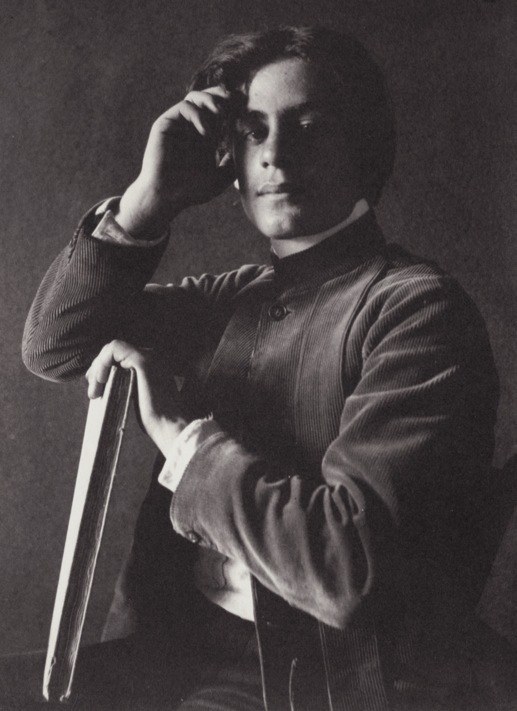
James “Kokomo” Arnold (February 15, 1896 or 1901 – November 8, 1968 Lovejoys Station, GA) was an American blues musician. A left-handed slide guitarist, his intense style of playing and rapid-fire vocal delivery set him apart from his contemporaries. He got his nickname in 1934 after releasing “Old Original Kokomo Blues” for Decca Records, a cover version of Scrapper Blackwell‘s blues song about the city of Kokomo, Indiana.
more...
NGC 1097 (also known as Caldwell 67) is a barred spiral galaxy about 45 million light years away in the constellation Fornax. It was discovered by William Herschel on 9 October 1790. It is a severely interacting galaxy with obvious tidal debris and distortions caused by interaction with the companion galaxy NGC 1097A. 45mly
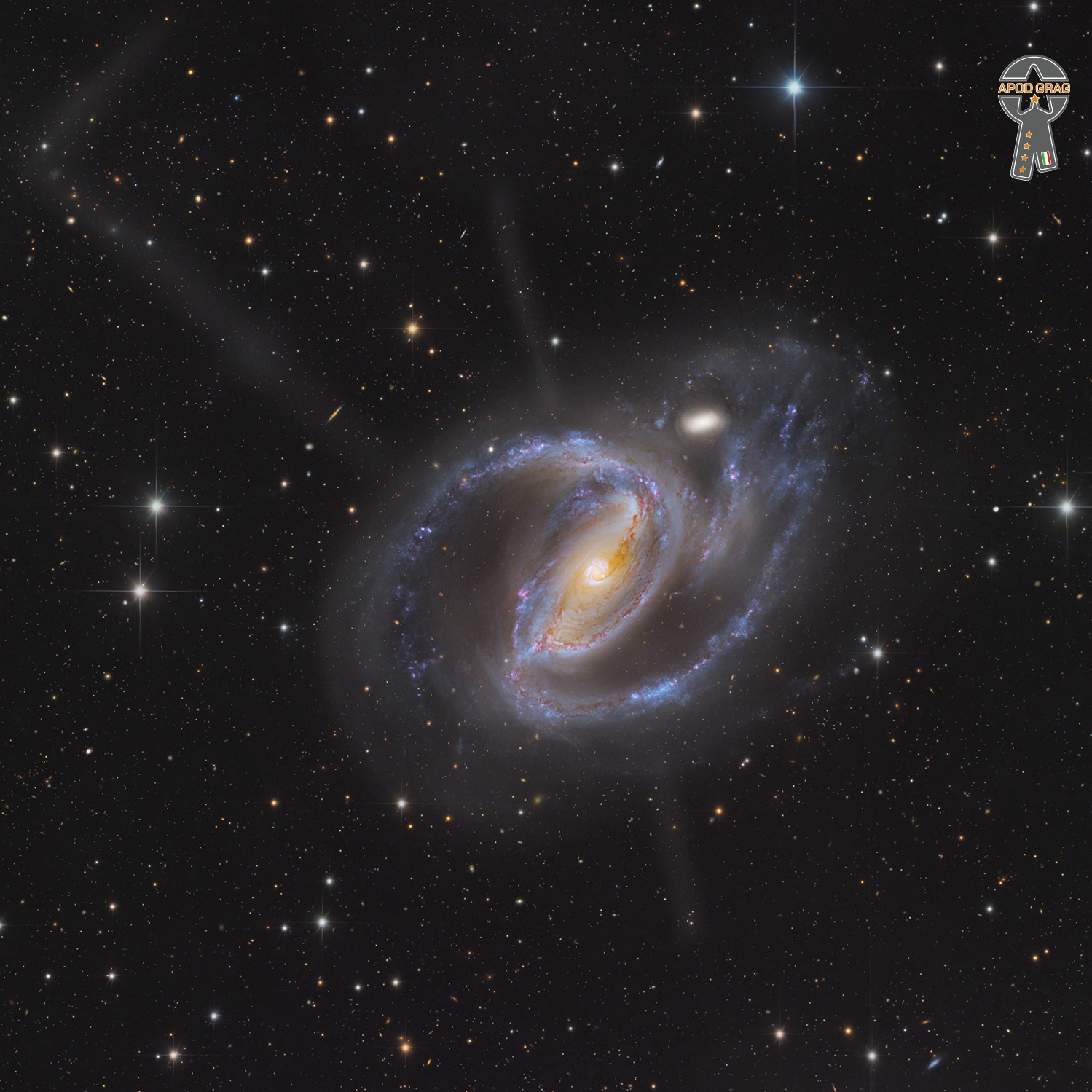
more...
Alistair Ian Campbell (born 15 February 1959) is an English singer and songwriter who was lead singer and co-founder of the British reggae band UB40.
UB40 sold more than 70 million records worldwide and toured for 30 years with the original line-up of the band. In 2008 Campbell and keyboard-player Mickey Virtue left UB40 due to a dispute with band management and teamed up in a new band. In August 2014, Campbell announced he had reunited with former UB40 bandmate Astro, who also left due to management disputes and the musical direction of the band. Campbell then formed a new UB40 featuring the three bandmates.
more...Brian Holland (born February 15, 1941 Detroit, MI) is an American songwriter and record producer, best known as a member of Holland–Dozier–Holland, the songwriting and production team that was responsible for much of the Motown sound, and numerous hit records by artists such as Martha and the Vandellas, The Supremes, The Four Tops, and The Isley Brothers. Holland, along with Lamont Dozier, served as the team’s musical arranger and producer. He has written or co-written 145 hits in US and 78 in the UK.
more...Herlin Riley (born February 15, 1957) is an American jazz drummer and a member of the Lincoln Center Jazz Orchestra led by Wynton Marsalis.
A native of New Orleans, Riley started on the drums when he was three. He played trumpet through high school, but he went back to drums in college. After graduating, he spent three years as a member of a band led by Ahmad Jamal. He has worked often with Wynton Marsalis as a member of the Jazz at Lincoln Center Orchestra and of Marsalis’s small groups. He has also worked with George Benson, Harry Connick, Jr., and Marcus Roberts.
Riley played a large part in developing the drum parts for Wynton Marsalis’s Pulitzer Prize-winning album, Blood on the Fields.
more...Nathan Tate Davis (February 15, 1937 – April 8, 2018 Kansas City, KS) was an American jazz multi-instrumentalist who played the tenor saxophone, soprano saxophone, bass clarinet, and flute. He is known for his work with Eric Dolphy, Kenny Clarke, Ray Charles, Slide Hampton and Art Blakey.
more...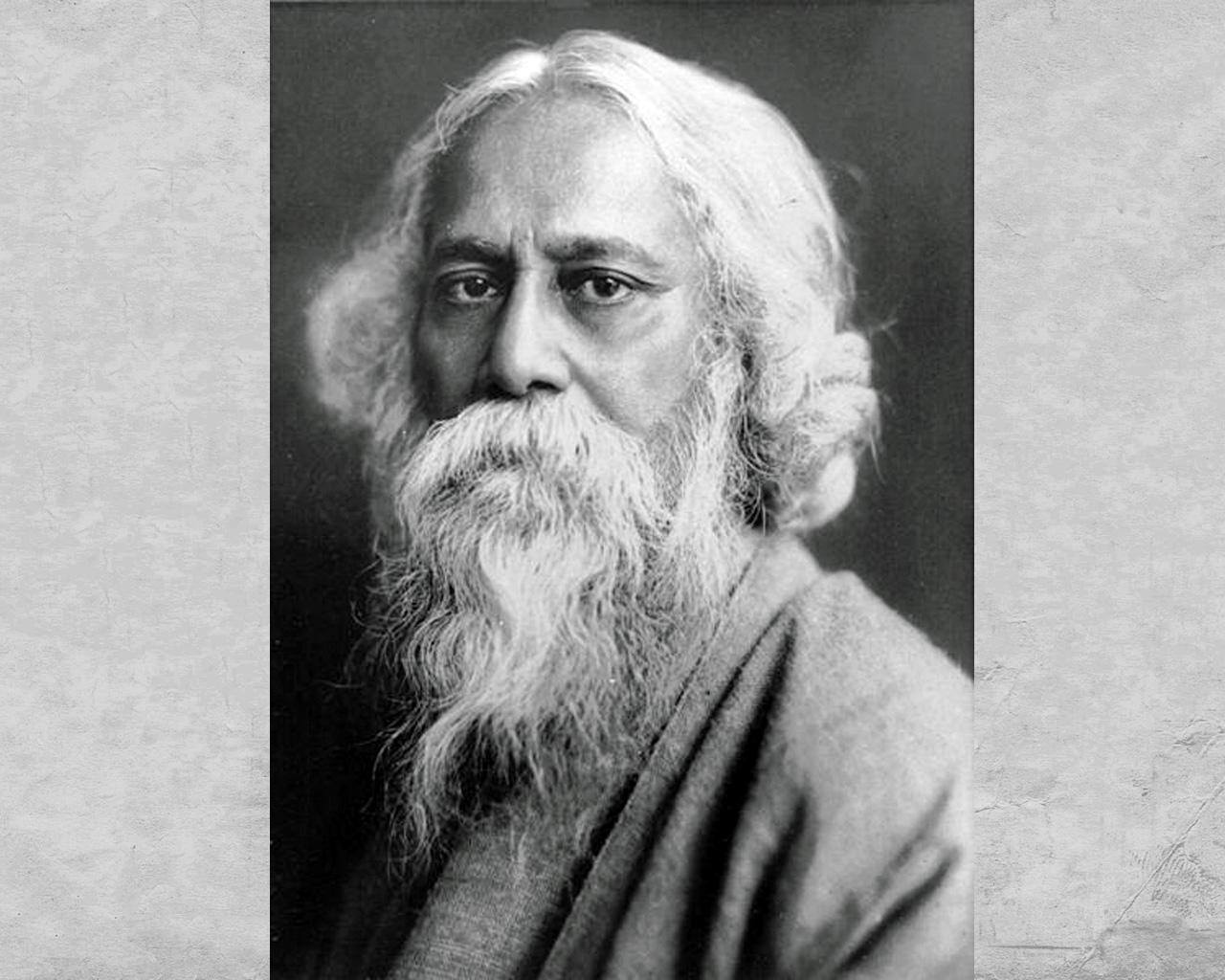
More Posts
- Surviving the Pandemic and Realizing Racial Justice
- The Cosmos with LRG-3-817
- Buckwheat Zydeco
- George Cables
- Billy Bauer
- Aaron Copland
- World Music with Vanessa Mdee & Barnaba
- Daily Roots with Winston Hussey
- Happy Friday the 13th 2020
- Surviving the Pandemic and Realizing Racial Justice
- The Cosmos with 30 Doradus
- Idris Muhammad
- Tabu Ley Rochereau
- Hampton Hawes
- Bennie Moten
- Flamenco Fridays with Manuel Moreno Junquera ‘Moraito Chico’
- Daily Roots with the Gladiators
- Surviving the Pandemic and Realizing Racial Justice
- The Cosmos with C/2020 M3
- Neil Young
